6 new posts |  |
- Microsoft Manual of Style, 4th Edition
- C# Database Basics
- Google Script: Enterprise Application Essentials
- Getting Started with CouchDB
- Hadoop: The Definitive Guide, 3rd Edition (Early Release)
- DIY Satellite Platforms
| Microsoft Manual of Style, 4th Edition Posted: 23 Feb 2012 07:32 AM PST
Book DescriptionMaximize the impact and precision of your message! Now in its fourth edition, the Microsoft Manual of Style provides essential guidance to content creators, journalists, technical writers, editors, and everyone else who writes about computer technology. Direct from the Editorial Style Board at Microsoft—you get a comprehensive glossary of both general technology terms and those specific to Microsoft; clear, concise usage and style guidelines with helpful examples and alternatives; guidance on grammar, tone, and voice; and best practices for writing content for the web, optimizing for accessibility, and communicating to a worldwide audience. Fully updated and optimized for ease of use, the Microsoft Manual of Style is designed to help you communicate clearly, consistently, and accurately about technical topics—across a range of audiences and media. Table of Contents Appendix. Usage Dictionary Book Details
Related Posts
|
| Posted: 23 Feb 2012 07:26 AM PST
Book DescriptionWorking with data and databases in C# certainly can be daunting if you're coming from VB6, VBA, or Access. With this hands-on guide, you'll shorten the learning curve considerably as you master accessing, adding, updating, and deleting data with C#—basic skills you need if you intend to program with this language. No previous knowledge of C# is necessary. By following the examples in this book, you'll learn how to tackle several database tasks in C#, such as working with SQL Server, building data entry forms, and using data in a web service. The book's code samples will help you get started on your own projects.
Table of Contents Book Details
Related Posts
|
| Google Script: Enterprise Application Essentials Posted: 23 Feb 2012 07:25 AM PST
Book DescriptionHow can you extend Google Apps to fit your organization's needs? This concise guide shows you how to use Google Scripts, the JavaScript-based language that provides a complete web-based development platform—with no downloads, configuration, or compiling required. You'll learn how to add functionality to Gmail, spreadsheets, and other Google services, or build data-driven apps that run from a spreadsheet, in a browser window, or within a Google Site. If you have some Java experience, getting started with Google Scripts is easy. Through code examples and step-by-step instructions, you'll learn how to build applications that authenticate users, display custom data from a spreadsheet, send emails, and many more tasks.
Table of Contents Part II: Building Enterprise Applications Appendix. UI Element Examples Book Details
Related Posts
|
| Posted: 23 Feb 2012 07:25 AM PST
Book DescriptionCouchDB is a new breed of database for the Internet, geared to meet the needs of today's dynamic web applications. With this concise introduction, you'll learn how CouchDB's simple model for storing, processing, and accessing data makes it ideal for the type of data and rapid response users now demand from your applications—and how easy CouchDB is to set up, deploy, maintain, and scale. The code-packed examples in this book will help you learn how to work with documents, populate a simple database, replicate data from one database to another, and a host of other tasks.
Table of Contents Book Details
Related Posts
|
| Hadoop: The Definitive Guide, 3rd Edition (Early Release) Posted: 23 Feb 2012 04:54 AM PST
Book DescriptionWith this digital Early Release edition of Hadoop: The Definitive Guide, you get the entire book bundle in its earliest form – the author’s raw and unedited content – so you can take advantage of this content long before the book’s official release. You’ll also receive updates when significant changes are made, as well as the final ebook version.p>Ready to unleash the power of your massive dataset? With the latest edition of this comprehensive resource, you'll learn how to use Apache Hadoop to build and maintain reliable, scalable, distributed systems. It's ideal for programmers looking to analyze datasets of any size, and for administrators who want to set up and run Hadoop clusters. This third edition covers recent changes to Hadoop, including new material on the new MapReduce API, as well as version 2 of the MapReduce runtime (YARN) and its more flexible execution model. You'll also find illuminating case studies that demonstrate how Hadoop is used to solve specific problems.
Table of Contents Book Details
Related Posts
|
| Posted: 23 Feb 2012 04:54 AM PST
Book DescriptionWant to build your own satellite and launch it into space? It's easier than you may think. The first in a series of four books, this do-it-yourself guide shows you the essential steps needed to design a base picosatellite platform—complete with a solar-powered computer-controlled assembly—tough enough to withstand a rocket launch and survive in orbit for three months. Whether you want to conduct scientific experiments, run engineering tests, or present an orbital art project, you'll select basic components such as an antenna, radio transmitter, solar cells, battery, power bus, processor, sensors, and an extremely small picosatellite chassis. This entertaining series takes you through the entire process—from planning to launch.
Table of Contents Book Details
Related Posts
|
| You are subscribed to email updates from Wow! eBook - Blog To stop receiving these emails, you may unsubscribe now. | Email delivery powered by Google |
| Google Inc., 20 West Kinzie, Chicago IL USA 60610 | |

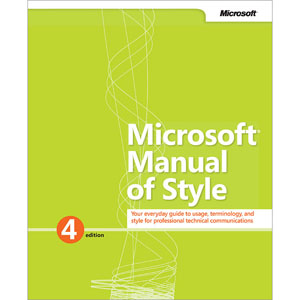
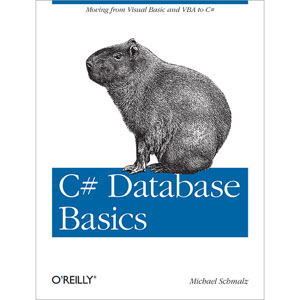
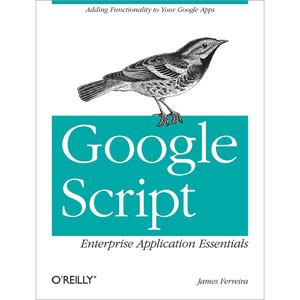
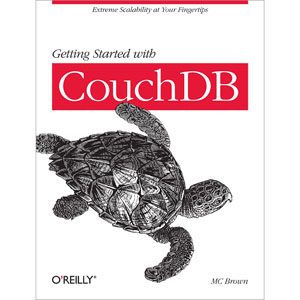

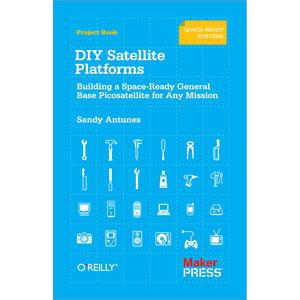
Tidak ada komentar:
Posting Komentar